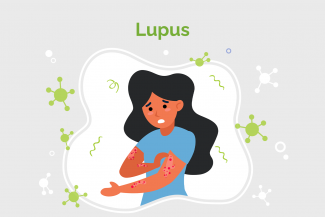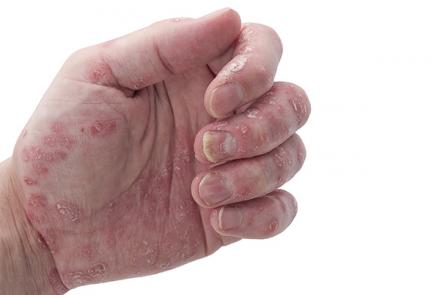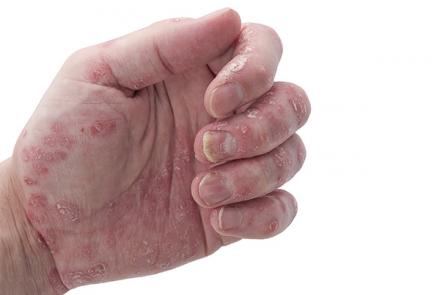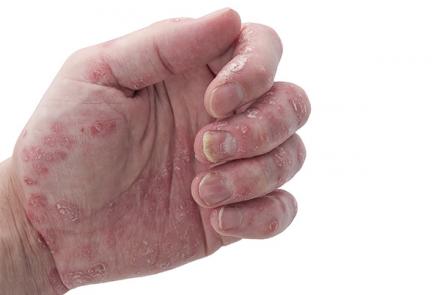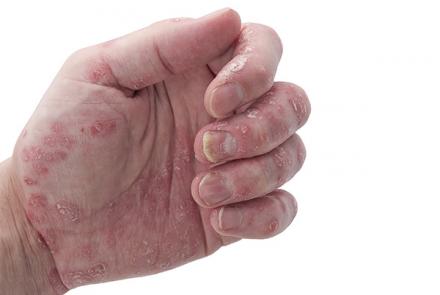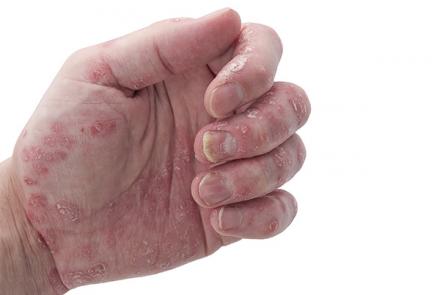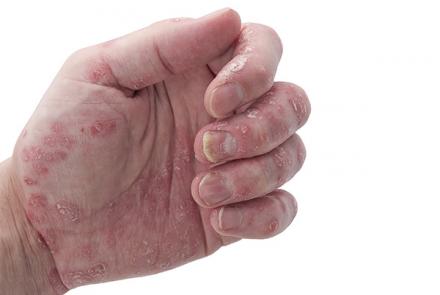Lupus is a chronic, autoimmune disease that can damage any part of the body (skin, joints, and/or organs inside the body). Chronic means that the signs and symptoms tend to last longer than six weeks and often for many years. Lupus affects about 5 in 10,000 people. Most often, lupus starts in people in their 20s and 30s. It occurs 10 times more often in women than in men.
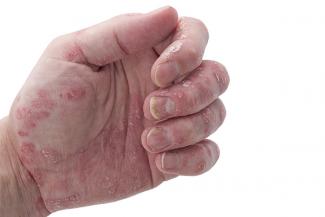
Each person with lupus has slightly different symptoms that can range from mild to severe and may come and go over time. Usually the joint and muscle pain, rashes on skin are seen all the time but the intensity of the symptoms decrease with treatment.
- Painful or swollen joints and muscle pain
- Unexplained fever
- Red rashes, most commonly on the face
- Chest pain upon deep breathing
- Unusual loss of hair
- Pale or purple fingers or toes from cold or stress (Raynaud's phenomenon)
- Sensitivity to the sun
- Swelling (edema) in legs or around eyes
- Mouth ulcers
- Swollen glands
- Extreme fatigue
Changed
31/Aug/2017
Community
Condition

